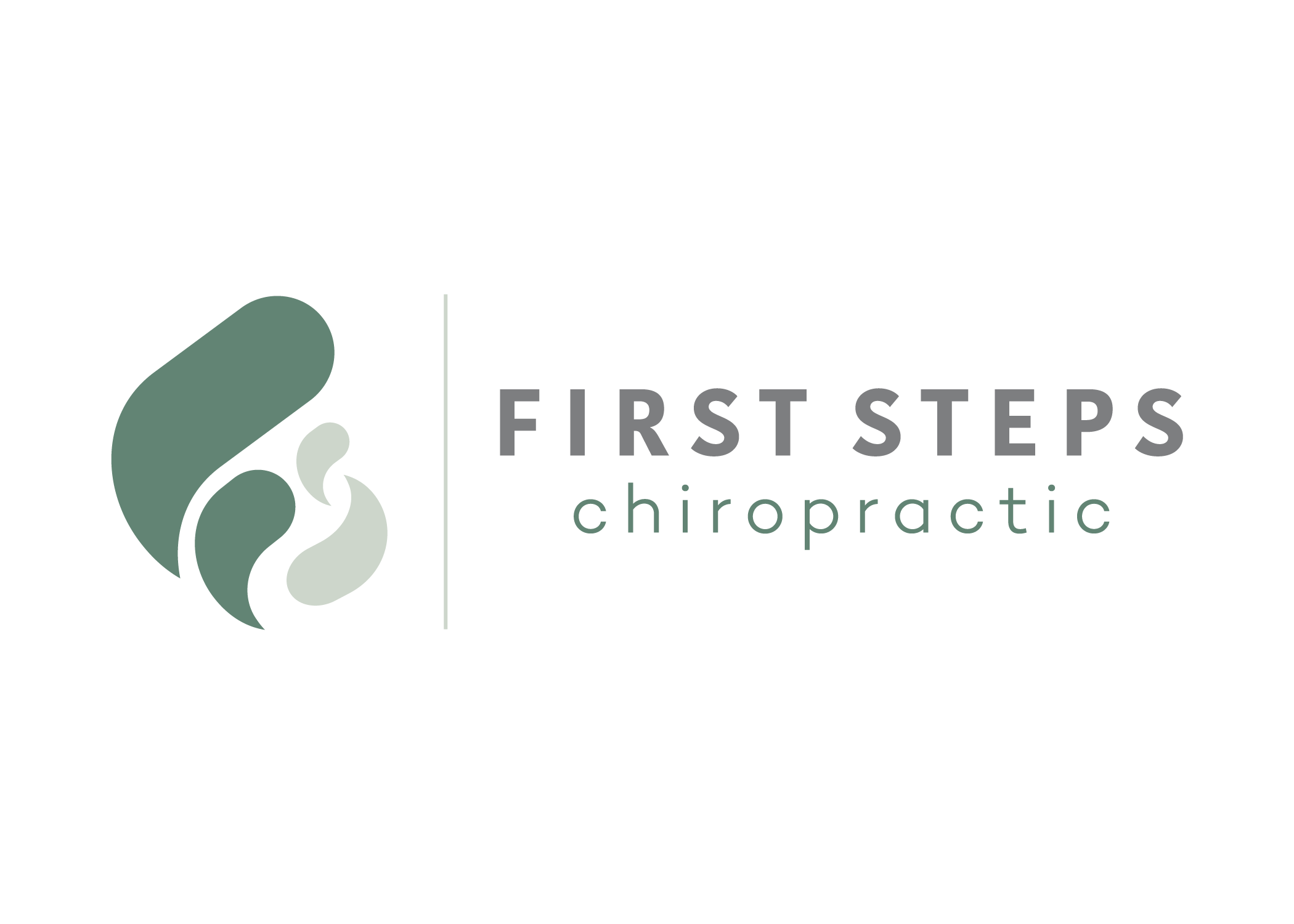Sensory Processing Disorder (SPD) is a neurological condition that affects the way the brain processes sensory information, leading to challenges in daily life for children and their families. Chiropractic care, with its focus on the nervous system, can offer a natural, drug-free approach to help manage and improve the symptoms of SPD. In this blog post, we will discuss the basics of Sensory Processing Disorder, the role of the nervous system in SPD, and how chiropractic care can benefit children with this condition.
Understanding Sensory Processing Disorder:
Sensory Processing Disorder occurs when the brain has difficulty processing sensory information from the environment, resulting in atypical responses to sensory stimuli. Children with SPD may be over-responsive or under-responsive to sensory input, leading to challenges in motor skills, social interactions, and emotional regulation. Common symptoms of SPD include difficulty with coordination, sensitivity to touch, sound, or light, and difficulty adapting to new situations.
The Role of the Nervous System in SPD
The nervous system plays a crucial role in sensory processing, as it is responsible for transmitting sensory information from the body to the brain. Imbalances or dysfunction in the nervous system can contribute to the development of SPD, as the brain may struggle to accurately process and respond to sensory input. Factors such as stress, poor diet, and lack of sleep can negatively impact the nervous system, potentially exacerbating SPD symptoms.
Chiropractic Care for Sensory Processing Disorder
Chiropractic care offers a natural, drug-free approach to addressing the challenges associated with Sensory Processing Disorder. By focusing on the nervous system and its role in sensory processing, chiropractors can help to restore balance and improve the brain’s ability to process sensory information.
Gentle chiropractic adjustments can help to improve the function of the nervous system, allowing for better communication between the brain and the body. This improved communication can lead to a reduction in SPD symptoms, as the brain becomes better equipped to process and respond to sensory input.
In addition to adjustments, chiropractors may also recommend lifestyle changes, such as dietary modifications and stress management techniques, to further support the nervous system and overall well-being. Sensory Processing Disorder can present significant challenges for children and their families. By understanding the role of the nervous system in SPD and seeking the help of a chiropractor, families can find a natural, drug-free solution to help their children better manage and improve their SPD symptoms. Chiropractic care, with its focus on the nervous system, offers a promising approach to supporting children with Sensory Processing Disorder and helping them thrive in their daily lives.
